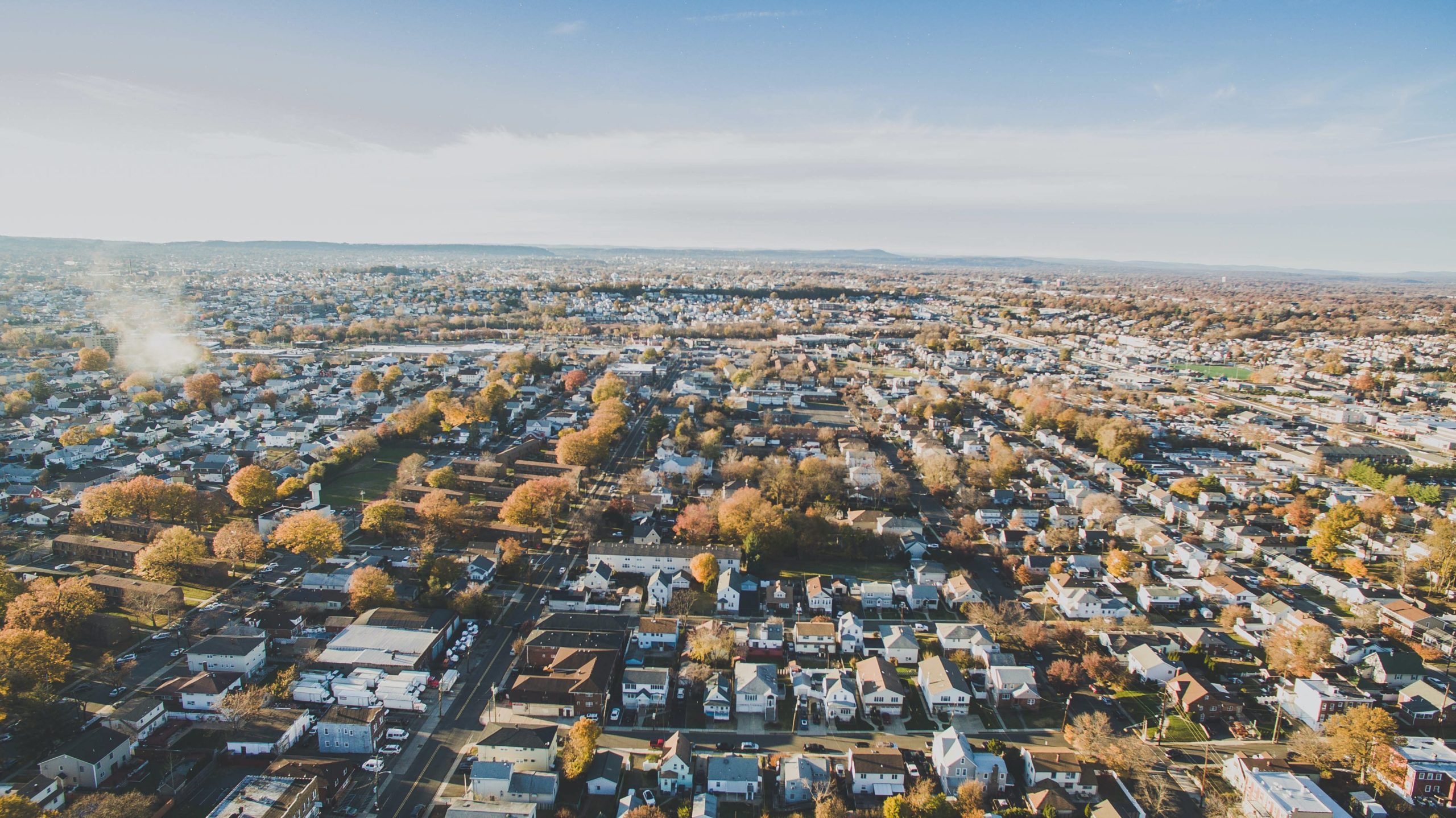New Americans in Jersey City
Date: September 18, 2020

New research from New American Economy (NAE) released today in partnership with Jersey City highlights how immigrants are both essential to the city’s rapid response efforts and especially vulnerable due to gaps in our federal relief package, language access barriers, and increased risks of infection associated with frontline and essential work.
Key findings from the report include:
- Immigrants serve in essential industries and carry out vital roles that keep Jersey City functioning but put them at higher risk of infection. Despite making up 41.1 percent of the city’s residents in 2018, immigrants comprise over 58.5 percent of all Grocery Stores and Supermarkets workers and 54.2 percent of all Healthcare workers in Jersey City.
- Immigrants play an important role in Jersey City as job creators but face significant economic challenges stemming from the economic shutdown. Immigrants make up over 43 percent, or 1,659, of business owners in Professional and Business Services.
- Culturally sensitive and language accessible emergency materials are in demand. In 2018, 19.3 percent of immigrants, or 20,730, living in Jersey City had limited English language proficiency. Among them, the top five languages spoken at home other than English were: Spanish (59.3 percent), Hindi and Related (11.5 percent), Arabic (9.3 percent), Chinese (3.5 percent), and Filipino, Tagalog (2.8 percent).
- The COVID-19 economic upheaval has highlighted the need for stable housing in New Jersey for all residents regardless of immigration status. Among Jersey City’s immigrant households in 2018, just 28.6 percent, or 13,634, owned their own homes, and over 71 percent, or 34,074, were renters.
Jersey City is one of twelve communities chosen through a competitive selection process to receive NAE research to inform culturally sensitive emergency response measures that ensure all residents are included, regardless of immigration status. Jersey City’s customized research report highlights the demographic nuances of the city’s immigrant population and will inform the advocacy, development, and implementation of inclusive local emergency responses.






